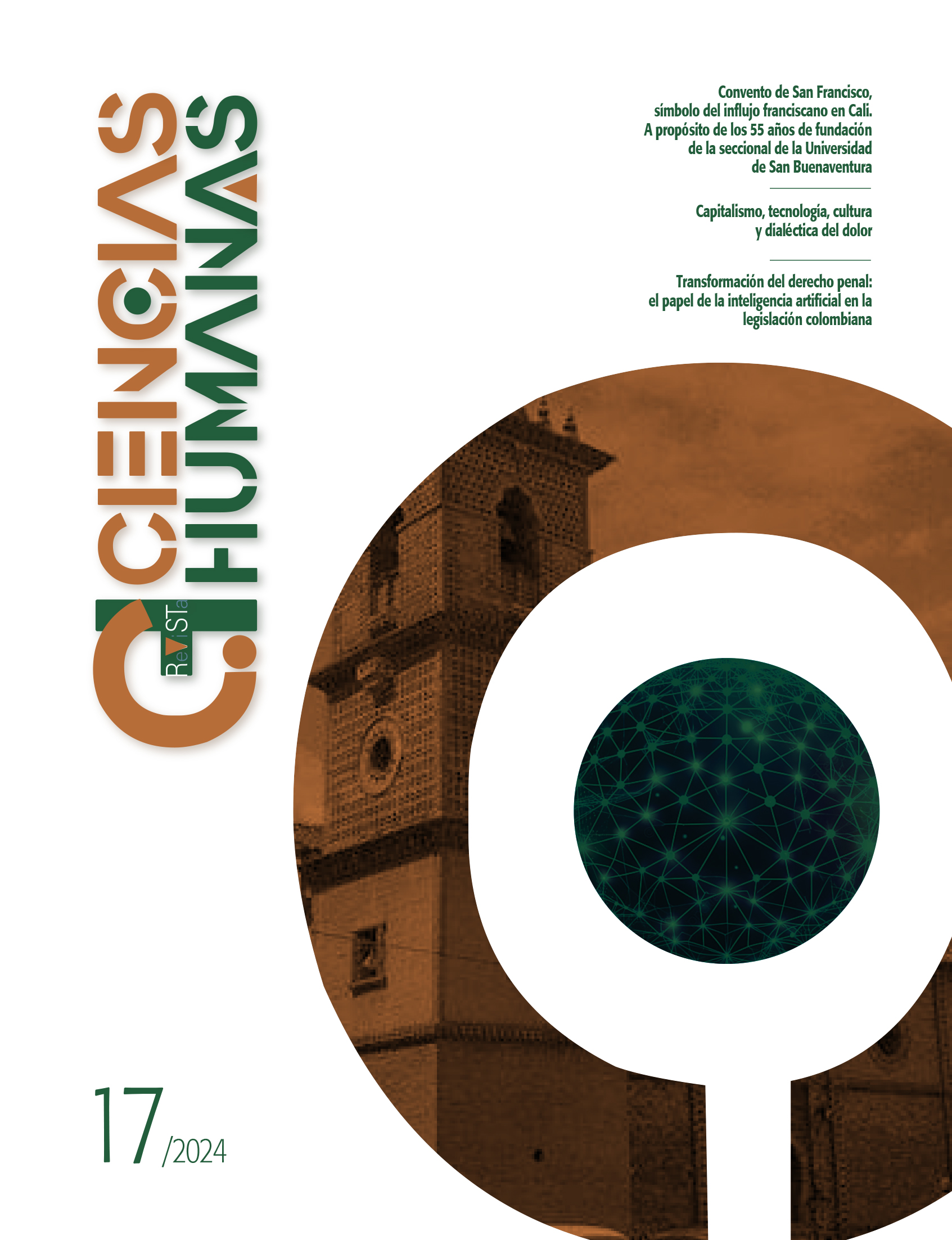The Revista Ciencias Humanas provides open and immediate access to its content, based on the principle of offering the public free access to research to aid in the greater global exchange of knowledge.
Except as otherwise stated, the content of this journal is licensed under a Creative Commons Attribution-NonCommercial-NoDerivatives 4.0 International (CC BY-NC-ND 4.0) license available at http://creativecommons.org/licenses/by-nc-nd/4.0/.
- Attribution. You must give appropriate credit, provide a link to the license, and indicate if changes have been made. You may do so in any reasonable manner, but not in a way that suggests that the licensor endorses you or your use.
- NonCommercial. You may not use the material for commercial purposes.
- NoDerivatives. If you remix, transform, or build upon the material, you may not distribute the modified material.
- No Additional Restrictions. You may not apply legal terms or technological measures that legally restrict others from doing anything the license permits.
Abstract
This article presents the process and results of a investigation that aims to characterize the acquisition of linguistic skills in English based on experiences given in transversal and heuristic environments in the transition grade. It is situated in practical action investigation, locating three fundamental phases in the design, namely, observation, thought and action. The investigation was carried out in a Public Educational Institution in the city of Santiago de Cali, applying surveys to members of the educational community, including teachers, students, and families. The data was analyzed considering the categories proposed within the specific objectives. It was evidenced that students from the first years of school can develop listening, speaking, reading, and writing skills in English, through environments of immersion in the language that include, the exemplification through the teacher's body language, interactions with their immediate environment, motivation to students from the integration of content and their daily situations, and the implementation of playful strategies with specific material for their ages.
References
Brains Nursery School. (2016, 12 de junio). La importancia de aprender inglés desde niño. https://brainsnursery.com/beneficios-aprender-ingles-ninos/
Chomsky, N. (1974). Estructuras sintácticas. Siglo XXI.
Chomsky, N. (1977). Problemas actuales en teoría lingüística: temas teóricos de gramática generativa. Siglo XXI.
Díaz Barriga, F., y Hernández Rojas, G. (1998). Estrategias docentes para un aprendizaje significativo: una interpretación constructiva. McGraw-Hill.
Hernández-Sampieri, R., Fernández-Collado, C., y Baptista-Lucio, P. (2006). Metodología de la investigación. McGraw-Hill.
Krashen, S. D., y Terrell, T. (1983). The natural approach: Language acquisition in the classroom. Pergamon.
Ministerio de Educación Nacional [MEN]. (2006). Formar en lenguas extranjeras: inglés ¡el reto! MEN. https://www.mineducacion.gov.co/1780/articles-115174_archivo_pdf.pdf
Ministerio de Educación Nacional [MEN]. (2016a). Derechos básicos de aprendizaje de inglés: grados transición a 5.° de primaria. MEN. https://www.englishtimevalle2020.com/wp-content/uploads/2020/10/DBA-TRANSICIO%CC%81N-Y-PRIMARIA.pdf
Ministerio de Educación Nacional [MEN]. (2016b). Orientaciones y principios pedagógicos del currículo sugerido de inglés para instituciones educativas y secretarías de educación. MEN. https://www.englishtimevalle2020.com/wp-content/uploads/2020/10/ORIENTACIONES-Y-PPIOS-PEDAGO%CC%81GICOS-CSI-PARA-IE-Y-SE-TRANSICIO%CC%81N-A-5-PRIA.pdf
Ministerio de Educación Nacional [MEN]. (2016c). Malla de aprendizaje de inglés: para transición a 5.° de primaria. MEN. https://eco.colombiaaprende.edu.co/wp-content/uploads/2021/10/Mallas-de-Aprendizaje_VF-1-1.pdf









